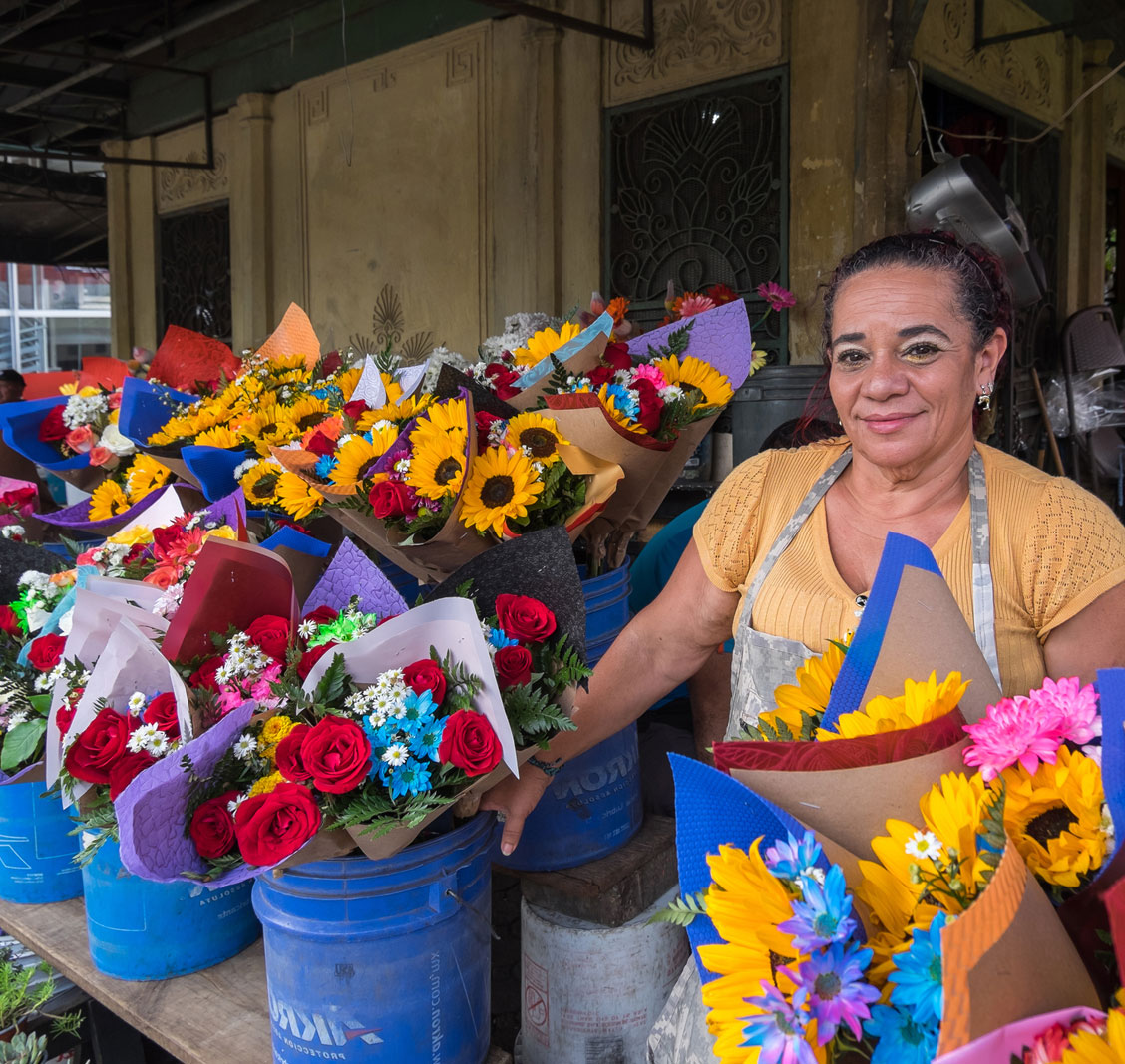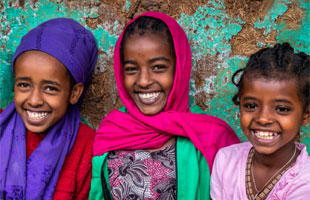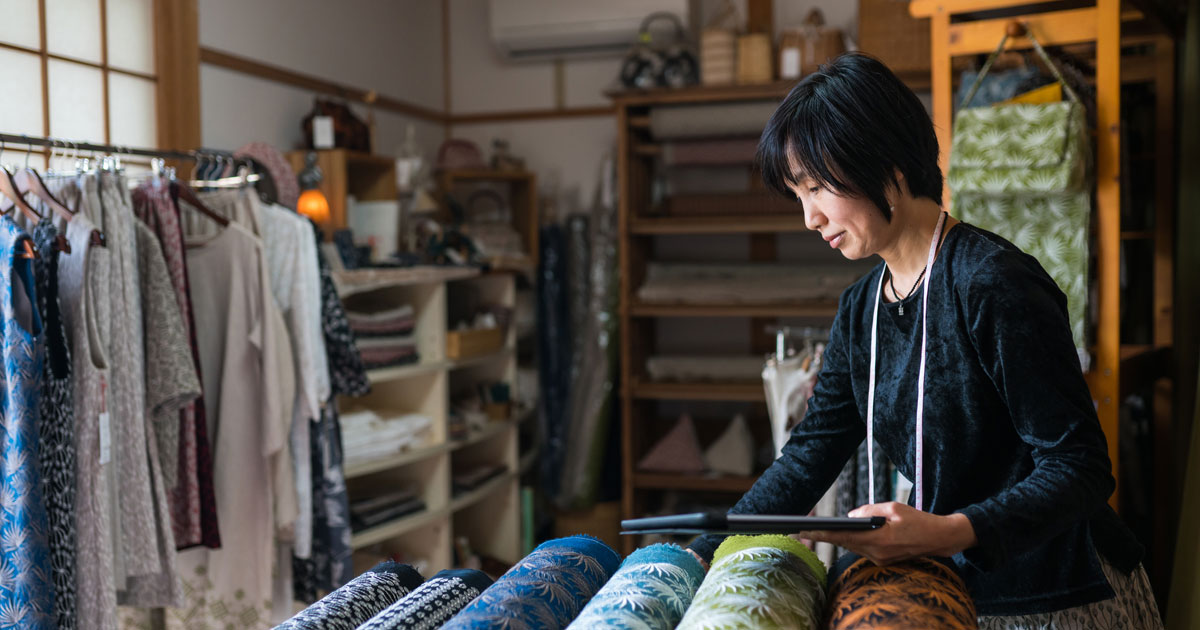Economic Freedom, Markets, and Women's Well-Being
People have more economic freedom when they are allowed to make more of their own economic decisions. Economic freedom has been widely shown to correlate with economic and social progress—a more robust economy, higher levels of income, increased trust and honesty in government, protection of civil liberties, reduction in poverty, and improvements in health and educational outcomes. Unfortunately, in many countries, economic freedom and the institutions that protect it are not equally accessible to both women and men.
This 2025 Women and Progress report explains the construction of the Gender Disparity Index, which calculates the effect of restrictions on women who wish to participate in the market process. The Gender Disparity Index is used to adjust the index published in the Fraser Institute’s Economic Freedom of the World report to produce a more inclusive measure of economic freedom in the world.
Do women flourish more in economically free societies? The report compares the gender-adjusted measure of economic freedom to a broad sample of economic indicators of women’s well-being like health outcomes, labor market outcomes, and educational outcomes. Countries are sorted into quartiles according to their gender-adjusted economic freedom scores and the average outcomes are compared across quartiles, most free to least free. As the report shows, countries with greater economic freedom tend to have more desirable scores on the measures of well-being.
Since 2020 there have been both advances and setbacks for women’s economic rights across the globe. There were 15 countries that moved towards gender parity under the law over this period by permitting women to make more of their own economic choices. The greatest overall improvement was in Gabon, which removed barriers to a woman’s ability to own property, open a bank account, be a head of a household, work a job, and choose where to live. It also ended the legal requirement that a woman must obey her husband. In 2020, Gabon was among those countries with the most pervasive restrictions on women’s economic rights. Now it has complete gender parity in economic freedom. There have also been setbacks: 2 countries—Niger and Saudi Arabia— showed decreases in their overall GDI scores. Saudi Arabia reinstated formal restrictions on women’s mobility, taking away a woman’s right to choose where to live or travel outside the country while Niger imposed new barriers to women working industrial jobs.

Economic and Labour market outcomes
Percentage of Women in Labour Force, 2022
Women are more likely to participate in the formal labour market in countries that have high levels of economic freedom. In fact, women are 21 percentage points more likely to participate in the labour market in nations with high levels of economic freedom as in nations with low levels.
Educational Outcomes
Primary School Enrollment for Females, 2022
In countries that are economically free, 97.5% of primary school aged females are enrolled in school. In the least free countries, only 79.2% of primary school aged females are enrolled in primary school. This is a difference of more than 18 percentage points.
Primary School Completion for Females, 2022
Females living in the most economically free countries are also far more likely to complete their primary school education. 95% of females persist to the last grade of primary school in the freest countries, compared to 54% of females in the least free countries.

-
Women, Economic Freedom, and Prosperity around the World (2025 Report)
Women, Economic Freedom, and Prosperity around the World, an annual update on women's economic rights globally, finds in this year’s report, which reviewed165 countries in total, that 35 countries continue to impose severe restrictions on the economic rights of women while seven countries completely eliminated gender disparity and now have equal economic freedom for men and women.
-
Commentaries
-
- This International Women’s Day, let’s pause to appreciate the indispensable role that economic freedom plays in progress (March 8, 2025)
- Economic freedom can help improve allocation of human capital for men and women (May 18, 2024)
- World Cup reminder—freedom improves the human condition (December 17, 2022)
- What The Handmaid’s Tale can teach us about gender inequality (September 26, 2019)
- Trudeau government should promote economic freedom for women worldwide (September 7, 2019)
- Saudi Arabia’s anti-women laws require swift dose of economic freedom (September 21, 2018)
- Greater economic freedom—the key to better lives for women in the Middle East and beyond (March 12, 2018)
-
Archived Publications





